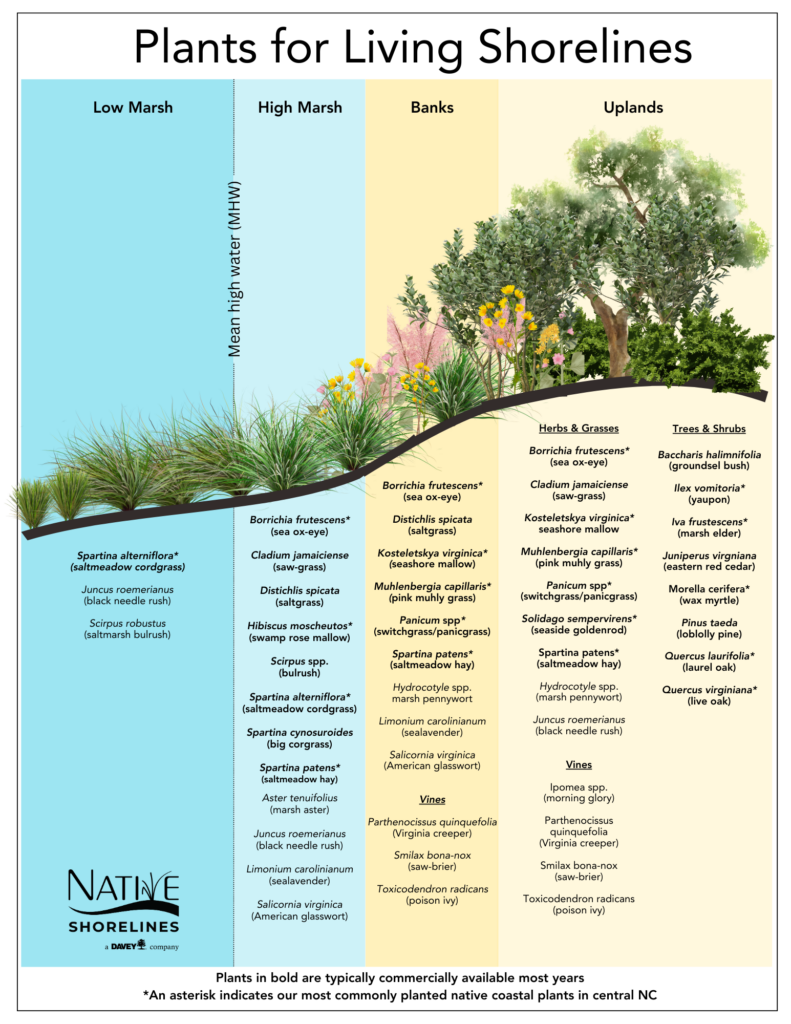Most living shorelines have restoring, retaining, and/or promoting a healthy salt marsh and well-vegetated banks as one of their key goals. Not only does native coastal vegetation provide a wealth of habitat and food for birds, insects, mammals, fish, shellfish, and other fauna, numerous studies have shown that vegetated shorelines are the best defense against erosion, king tides, and storm surge flooding.
At Native Shorelines, our staff have been designing and implementing native planting projects for over 25 years. With expertise in botany, forestry, ecology, parks and recreation management, and construction management, our staff can help you choose the correct plants for your site, obtain quality seedlings from local nurseries, and plant them using industry-standard quality control measures.
While most living shorelines on the east coast are planted with the workhorses of the salt marsh, Spartina alterniflora (saltmeadow cordgrass) and Spartina patens (saltmeadow hay), many other native plants can be added into coastal banks and upland edges. Our downloadable planting guide below can help you identify native coastal plants you may already have on your property and suggest ones to plant.
For even more information, NC SeaGrant’s NC Coastal Landscaping – A Native Plant Guide Provided by the Coastal Landscapes Initiative is a fantastic reference full of great pictures and useful information on a variety of native coastal plants suitable for residential landscapes. The goal of the Coastal Landscapes Initiative is to “foster coastal landscapes that are beautiful, functional, cost-efficient and environmentally friendly.” Their website is a wealth of information including how-to videos, pictures, landscaping design, links to digital and print books, and more.

